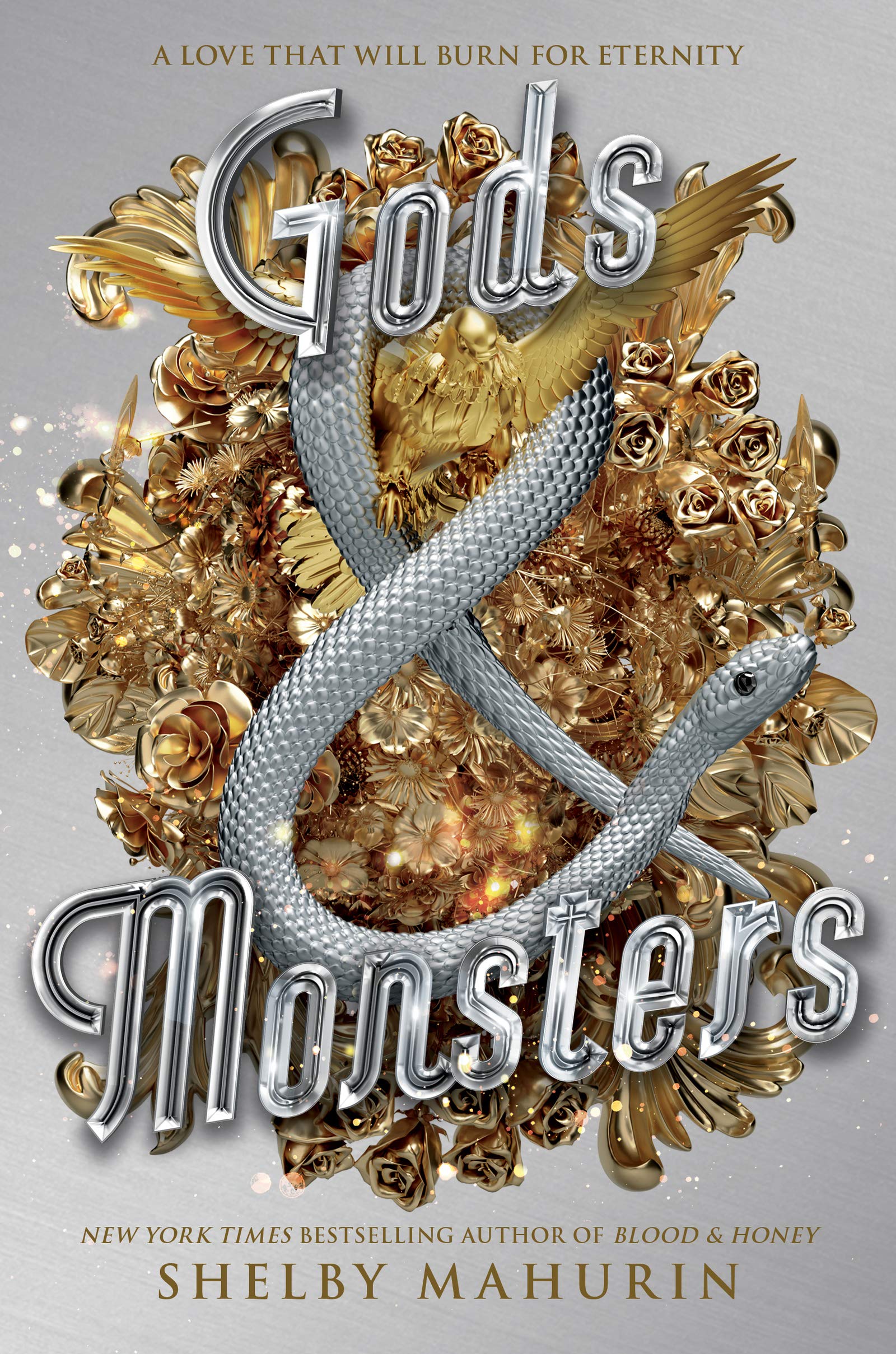
Gods & Monsters
The Rift
by Mahurin, ShelbyThe chapter opens with Lou and her companions arriving at a mist-shrouded path near the water’s edge, uncertain whether the area is still guarded after Constantin’s death. Lou suggests that Beau, Célie, and Jean Luc stay behind for safety, while she and Coco proceed with the ring they’ve stolen. Reid unexpectedly intervenes, distrustful of their intentions and insisting on accompanying them. Tensions rise as Coco and Reid exchange sharp words, highlighting their fragile alliance, but they eventually move forward together into the eerie, silent landscape.
As the group reaches the beach, Angelica emerges from the water, greeting Coco with a mix of warmth and sorrow. Lou hands her the golden ring, a symbol of their uneasy pact, and Angelica reflects on its dark history. The conversation quickly turns personal as Angelica reveals her regrets about abandoning Coco, explaining she wanted her daughter to have a life beyond the confines of their underwater world. Coco, however, expresses anger and hurt, accusing her mother of prioritizing the ancient feud with her sister, Isla, over her well-being.
Angelica’s tone shifts to urgency as she warns of an impending catastrophic battle, insisting Lou and Coco must hear her out. She reveals her and Isla’s ancient origins, hinting at their long-standing conflict and the stakes involved. Lou tries to interject, concerned about Morgane’s advancing threat, but Angelica silences her, emphasizing the necessity of understanding their roles in the coming conflict. The tension escalates as Angelica uses her blood to summon black vines, creating chairs in a dramatic display of her power, signaling the gravity of the conversation to come.
The chapter ends on a cliffhanger, with Angelica preparing to share critical information, her actions underscoring the dire situation. The emotional confrontation between mother and daughter, combined with the looming threat of Morgane, sets the stage for a pivotal moment in the story. The mist, silence, and supernatural elements heighten the atmosphere, leaving readers anticipating the revelations and challenges ahead.
FAQs
1. What is the significance of the golden ring in this chapter, and why is it being returned to Angelica?
Answer:
The golden ring holds deep historical and magical significance, having been forged in “death and magic until the two had become one.” Lou returns it to Angelica as part of a bargain, likely to secure Isla’s help against Morgane. The ring’s return also symbolizes a reckoning with the past, as Angelica remarks it’s been “almost twenty years” since she last saw it—hinting at its connection to Coco’s abandonment and the witches’ feud. Its exchange represents both a practical transaction and an emotional confrontation.2. Analyze the complex mother-daughter dynamic between Angelica and Coco. How does their interaction reveal deeper themes in the story?
Answer:
Their confrontation exposes themes of sacrifice, abandonment, and generational conflict. Angelica claims she left Coco to give her “more” than a constrained underwater existence, framing her choice as protective. However, Coco resents being “collateral damage” in the ancient feud between Angelica and Isla, highlighting how personal desires often override familial bonds in this world. The tension between Angelica’s “I watched you always” and Coco’s “How many times did you ignore me?” illustrates the gap between intention and consequence in parental relationships.3. How does the setting (the mist, beach, and unnatural silence) contribute to the chapter’s tone and foreshadow future events?
Answer:
The “dense as water” mist and “oppressive” silence create an eerie, liminal atmosphere that mirrors the characters’ precarious situation. The abrupt shift from mist to sunlight on the beach parallels revelations about to surface (like Angelica’s ancient origins). The unnatural quiet—devoid of typical coastal sounds—heightens tension and suggests magical manipulation, foreshadowing the “catastrophic battle” Angelica warns of. This environment underscores that the characters are crossing both literal and metaphorical thresholds.4. Why does Angelica claim that she and Isla were “among the very first of witchkind,” and how might this revelation impact the larger conflict?
Answer:
Angelica’s assertion that she’s “lived a hundred lives” positions her and Isla as primordial forces in witch history, implying their feud has shaped magical society for centuries. This elevates the current conflict from a personal vendetta to a battle with foundational consequences. If Morgane is Isla’s sister (as hinted), her rebellion may stem from this ancient rift, suggesting the war isn’t just about Lou but a resurgence of old power struggles. This reframes the protagonists’ fight as part of a cyclical, generational conflict.5. Evaluate Reid’s role in this chapter. How does his presence affect the group dynamics and thematic tensions?
Answer:
Reid embodies the lingering distrust between factions. His sudden appearance (“Don’t even think about it”) and insistence on monitoring Lou and Coco reflect persistent divisions, yet his silent compliance when they proceed shows grudging cooperation. The Balisarda he carries symbolizes the threat of violence between witches and hunters, but Coco’s willingness to turn her back on him demonstrates fragile progress. His presence keeps the theme of uneasy alliances central, reminding readers that external threats haven’t erased internal tensions.
Quotes
1. “This silence was a living creature all its own, unnatural and thick and oppressive.”
This vivid description captures the eerie, supernatural atmosphere of the beach where the characters confront the rift. It sets the tone for the tense and otherworldly encounter that follows.
2. “I never wanted to leave you, but the thought of you trapped underwater for your entire life—like a fish in a bowl, examined and admired and wooed—I couldn’t bear it.”
Angelica’s emotional confession to Coco reveals the painful maternal sacrifice at the heart of their strained relationship. This quote encapsulates the theme of parental choices and their unintended consequences on children.
3. “A battle brews on the horizon more catastrophic than this world has ever seen, and we must all play our parts.”
This prophetic warning from Angelica serves as both a revelation of the larger conflict and a call to action for the characters. It marks a turning point where personal dramas give way to apocalyptic stakes.
